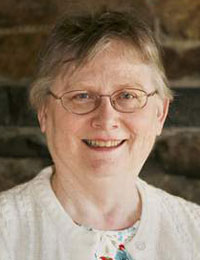 The Great Migration to New England from 1620 through 1640 is the focal point of the Great Migration Study Project by Robert Charles Anderson that NEHGS has been publishing for more than twenty years, but there are also a number of lesser-known academic studies of interest to Great Migration descendants.
The Great Migration to New England from 1620 through 1640 is the focal point of the Great Migration Study Project by Robert Charles Anderson that NEHGS has been publishing for more than twenty years, but there are also a number of lesser-known academic studies of interest to Great Migration descendants.
Roger Thompson, “a retired university reader in American history at the University of East Anglia,” has written several very interesting books that I highly recommend. The first one that I picked up off the shelf today is his Mobility & Migration, East Anglian Founders of New England, 1629–1640,[1] which is a statistical examination of conditions behind the families that came from East Anglia during the Great Migration. Continue reading Mobility and migration




